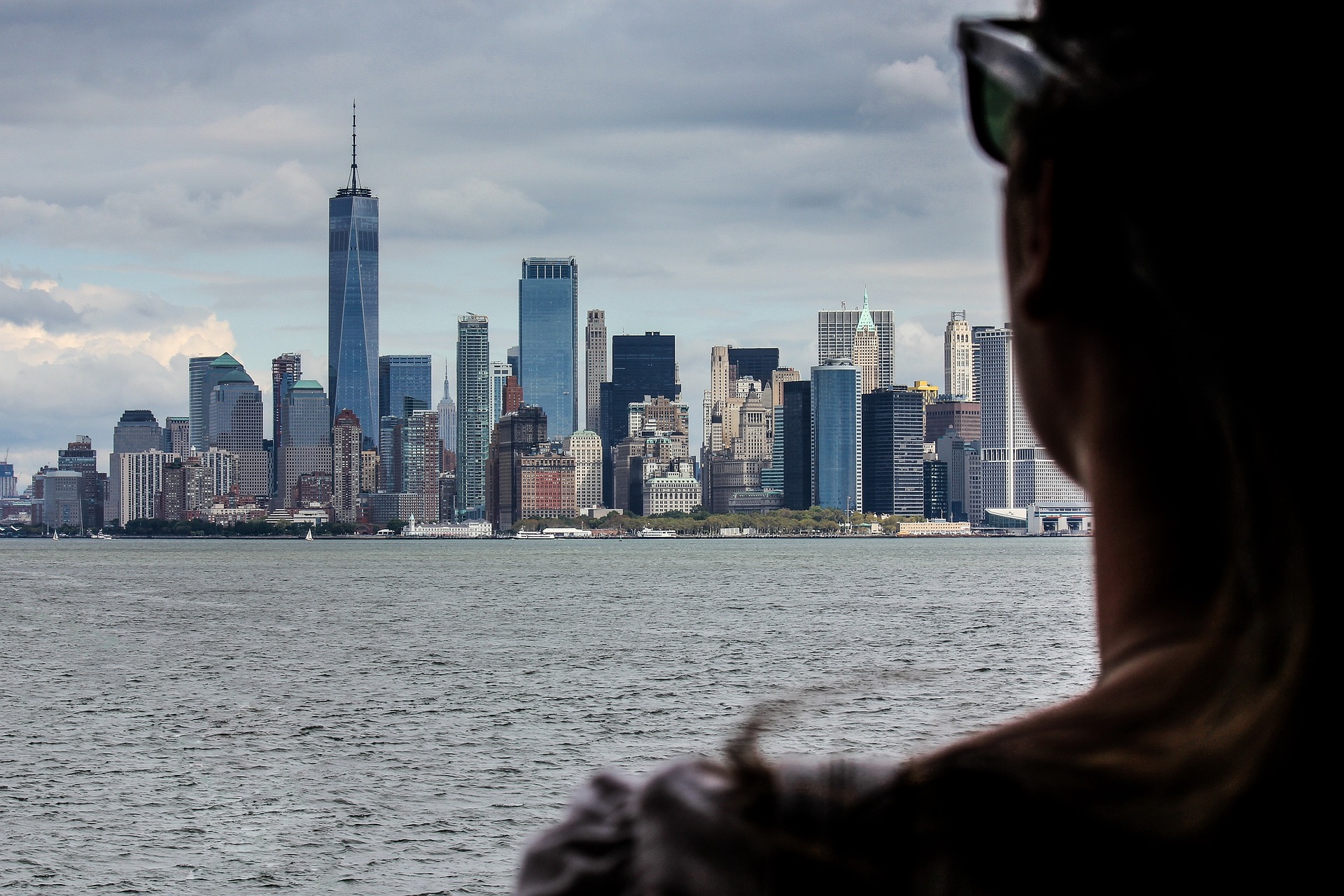Digital Art Deciphered: A Deep Dive into the Virtual Canvas
With the digital age firmly upon us, the world of art and entertainment has been transformed. Artists now have an arsenal of tools at their fingertips, allowing for unprecedented creative expression. The rise of digital art, an original and under-explored topic, has changed the nature of artistic creation and consumption. This article delves into this modern artistic movement, exploring its history, current trends, and future potential.

The Roots of Digital Art
The journey of digital art can be traced back to the 1960s, with the advent of the first digital computer. Artists began experimenting with these new tools, creating pixel-based images and animations. However, it was not until the 1980s and the rise of personal computers that digital art truly began to take shape. Software like Adobe Photoshop, introduced in 1987, revolutionized the field, allowing artists to manipulate images in ways previously unimaginable.
The Modern Canvas: Today’s Digital Art Scene
In the present day, digital art has permeated every corner of the artistic world. From graphic design and 3D modeling to digital painting and virtual reality installations, artists are pushing the boundaries of creativity. The advent of social media platforms like Instagram and DeviantArt has enabled artists to share their work with a global audience, making digital art more accessible than ever.
The Impact: A Paradigm Shift in Artistic Expression
The rise of digital art has had profound implications for the global art scene. It has democratized the art world, breaking down barriers and allowing anyone with a computer to create and share their work. It has also sparked debates about the nature of art itself, challenging traditional notions of originality and authenticity.
The Future: A Virtual Frontier
With advancements in technology, the scope for digital art is expanding. Virtual and augmented reality technologies are providing new platforms for artists, enabling immersive experiences that blur the line between reality and imagination. Meanwhile, the rise of blockchain technology has given birth to crypto art and non-fungible tokens (NFTs), offering a new way for artists to monetize their work.
The Verdict: Embracing the Digital Art Revolution
The digital art revolution is here to stay. As technology continues to evolve, artists will have even more tools at their disposal, opening up new avenues for creativity. However, it’s crucial that we continue to value and support traditional art forms, recognizing that each medium offers unique possibilities for artistic expression.
In conclusion, the rise of digital art is a testament to the transformative power of technology. It has revolutionized the art world, challenging traditional conventions and paving the way for a new generation of artists. As we look to the future, one thing is clear: the canvas of the 21st century is digital.




